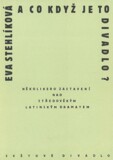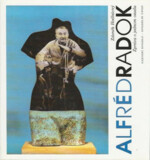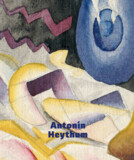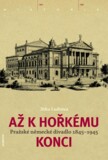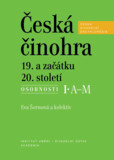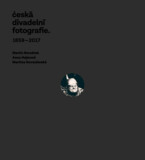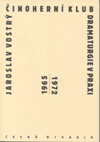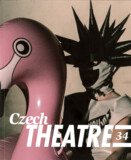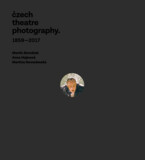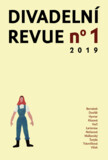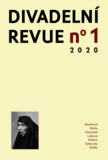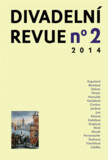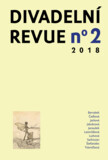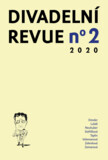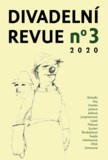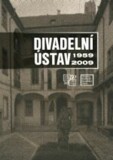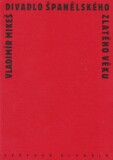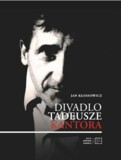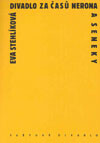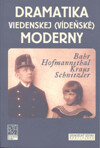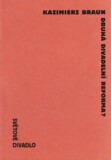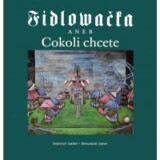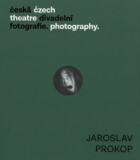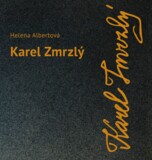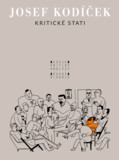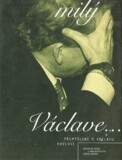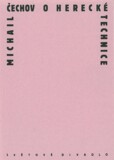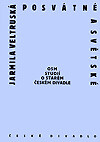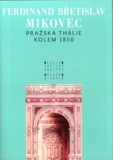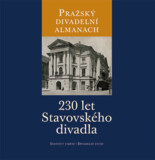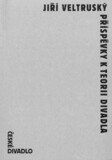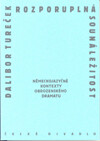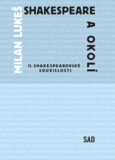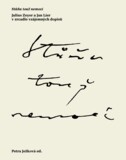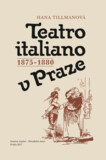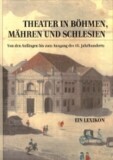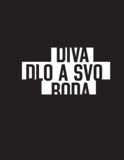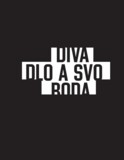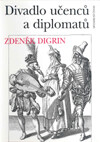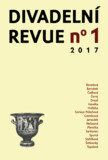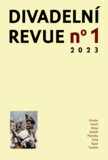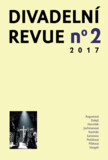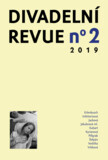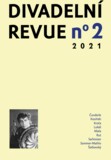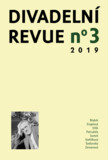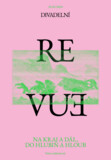In the 16th century, at the end of the Renaissance, a theatrical culture developed in Italy that gave European theatre an extraordinary amount of impetus and influenced its future shape in a single century. The book Z. Digrin gives a picture of its origin and development from the first imitations of Latin models. It shows how the adopted models were permeated by a lively modernity and how literary and popular theatrical forms influenced each other, or how the impulses of the literary 'commedia erudita' were transformed and to some extent dissolved in the improvised theatre of professional comedians, the 'commedia dell'arte'. It traces the birth of Italian tragedy, the emergence of pastoral and opera, the formation of stage design and theatrical space. It provides partial portraits of important authors such as Niccolò Macchiavelli, Ludovico Ariosto, Pietro Aretino, Ruzante, Giordano Bruno and Giovanni Battista Della Porta. Part of the overall picture is the transformation of theatrical practice, from the academic dilettantism of scholars, politicians, and writers, who were mostly involved in theatre casually, "for pleasure", to the professionalization of theatre practitioners and the social transformation of the auditorium. The strength of the book is the combination of scholarship, based among other things on primary research into Italian theatre texts from our castle libraries, with an unusually lively interpretation, revealing that in the author there was a rare combination of the skills of historian and theatre practitioner. His interpretive and storytelling skills, once so popular with his theatre colleagues and students, will be appreciated by the reader of this book.

